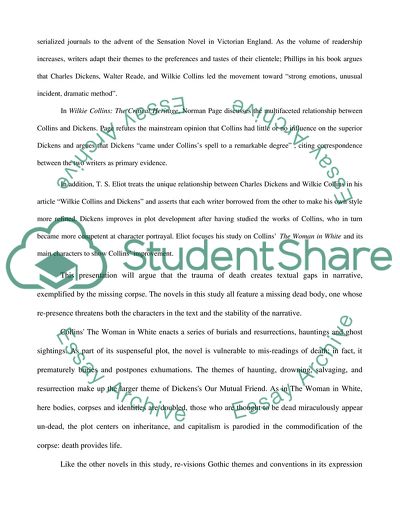Cite this document
(The Impact of Wilkie Collins Had on Charles Dickens Life And Works Essay, n.d.)
The Impact of Wilkie Collins Had on Charles Dickens Life And Works Essay. Retrieved from https://studentshare.org/literature/1705240-crime-mystery-sensation
The Impact of Wilkie Collins Had on Charles Dickens Life And Works Essay. Retrieved from https://studentshare.org/literature/1705240-crime-mystery-sensation
(The Impact of Wilkie Collins Had on Charles Dickens Life And Works Essay)
The Impact of Wilkie Collins Had on Charles Dickens Life And Works Essay. https://studentshare.org/literature/1705240-crime-mystery-sensation.
The Impact of Wilkie Collins Had on Charles Dickens Life And Works Essay. https://studentshare.org/literature/1705240-crime-mystery-sensation.
“The Impact of Wilkie Collins Had on Charles Dickens Life And Works Essay”. https://studentshare.org/literature/1705240-crime-mystery-sensation.


